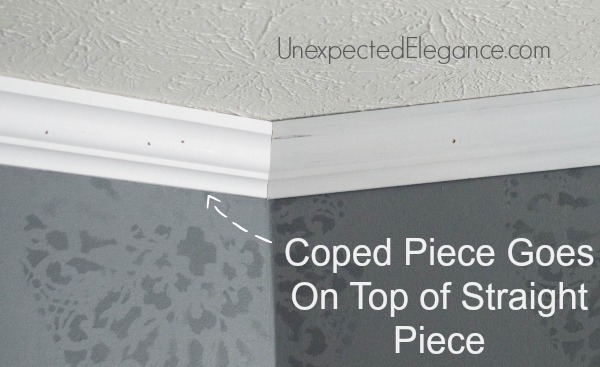
Introduction:
Crown molding is a classic architectural feature that adds a touch of elegance and sophistication to any space. Whether you’re a seasoned DIY enthusiast or a novice homeowner, mastering the art of crown molding installation and design can significantly enhance the aesthetic appeal of your home. Explore the following crown molding tips to achieve timeless elegance in your space.
Choosing the Right Material:
The first step in a successful crown molding project is selecting the right material. Crown molding is available in various materials such as wood, MDF (medium-density fiberboard), and polyurethane. Each material has its unique characteristics and benefits. Wood offers a traditional and authentic look, while MDF is a cost-effective option. Polyurethane is lightweight and resistant to moisture, making it suitable for areas like bathrooms.
Selecting the Appropriate Style:
Crown molding comes in a variety of styles, ranging from simple and understated to intricate and ornate. Choose a style that complements the overall aesthetic of your home. Consider the architectural features of your space and the design elements in each room. Traditional or colonial styles may suit a more classic home, while contemporary spaces can benefit from sleek and minimalistic crown molding.
Measuring and Planning:
Accurate measurements and careful planning are crucial for a seamless crown molding installation. Measure the length of each wall and calculate the total linear footage needed. Consider the angles and corners in the room, as crown molding often requires miter cuts for a precise fit. A well-thought-out plan ensures that you purchase the right amount of material and minimizes waste during installation.
Investing in Quality Tools:
Investing in quality tools is essential for a successful crown molding project. A miter saw, coping saw, and nail gun are commonly used tools for crown molding installation. A coping saw is particularly useful for achieving clean and tight joints in corners. Quality tools not only make the installation process smoother but also contribute to a professional and polished finish.
Ensuring Proper Installation Techniques:
Proper installation techniques are crucial for achieving a flawless look. When cutting crown molding, remember that it is installed at an angle, and miter cuts should be made accordingly. Use a coping saw for inside corners to ensure a snug fit. When nailing, place the nails near the top edge to prevent visible holes. Adhering to proper techniques ensures a secure and visually appealing installation.
Seamless Painting and Finishing:
Once the crown molding is installed, a seamless painting and finishing process is the key to achieving a cohesive look. Fill any gaps or nail holes with wood filler, sand the surface smooth, and apply a primer before painting. Choose a paint color that complements the room’s color scheme. A well-finished crown molding enhances its visual impact and adds a refined touch to the space.
Considering Ceiling Height:
The scale of the crown molding should be proportional to the ceiling height. Taller ceilings can accommodate larger and more elaborate crown molding profiles, while lower ceilings benefit from smaller and simpler designs. Consider the overall balance of the room to ensure that the crown molding enhances rather than overwhelms the space.
Applying Lighting Strategies:
Crown molding provides an opportunity to incorporate lighting into your space. Consider adding LED strips or rope lighting behind the crown molding for a subtle and elegant glow. This not only enhances the visual appeal of the crown molding but also contributes to ambient lighting in the room. Strategic lighting can create a warm and inviting atmosphere.
Regular Maintenance and Cleaning:
Crown molding, like any other architectural feature, requires regular maintenance and cleaning. Dust and dirt can accumulate over time, dulling the finish. Periodically dust the crown molding with a soft brush or cloth to keep it looking fresh. For painted crown molding, a gentle cleaning with mild soap and water can help maintain its appearance.
Crown Molding Tips for Success:
For additional guidance and inspiration on crown molding projects, explore Crown Molding Tips. This resource offers expert insights, design ideas, and practical advice to help you achieve timeless elegance in your home through crown molding.
Conclusion:
Crown molding is a versatile and timeless design element that can transform the look and feel of your home. By choosing the right material, style, and installation techniques, you can add a touch of elegance to any space. Incorporate these crown molding tips into your next home improvement project for a refined and sophisticated aesthetic.



